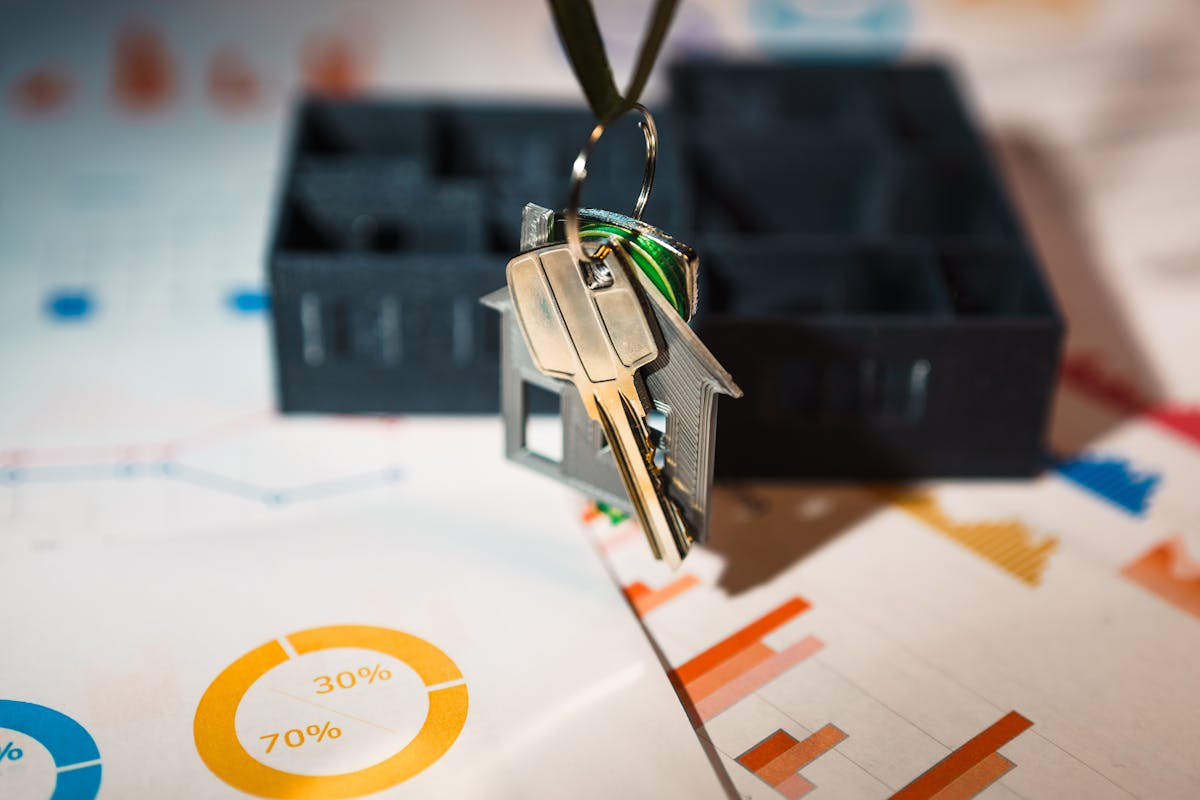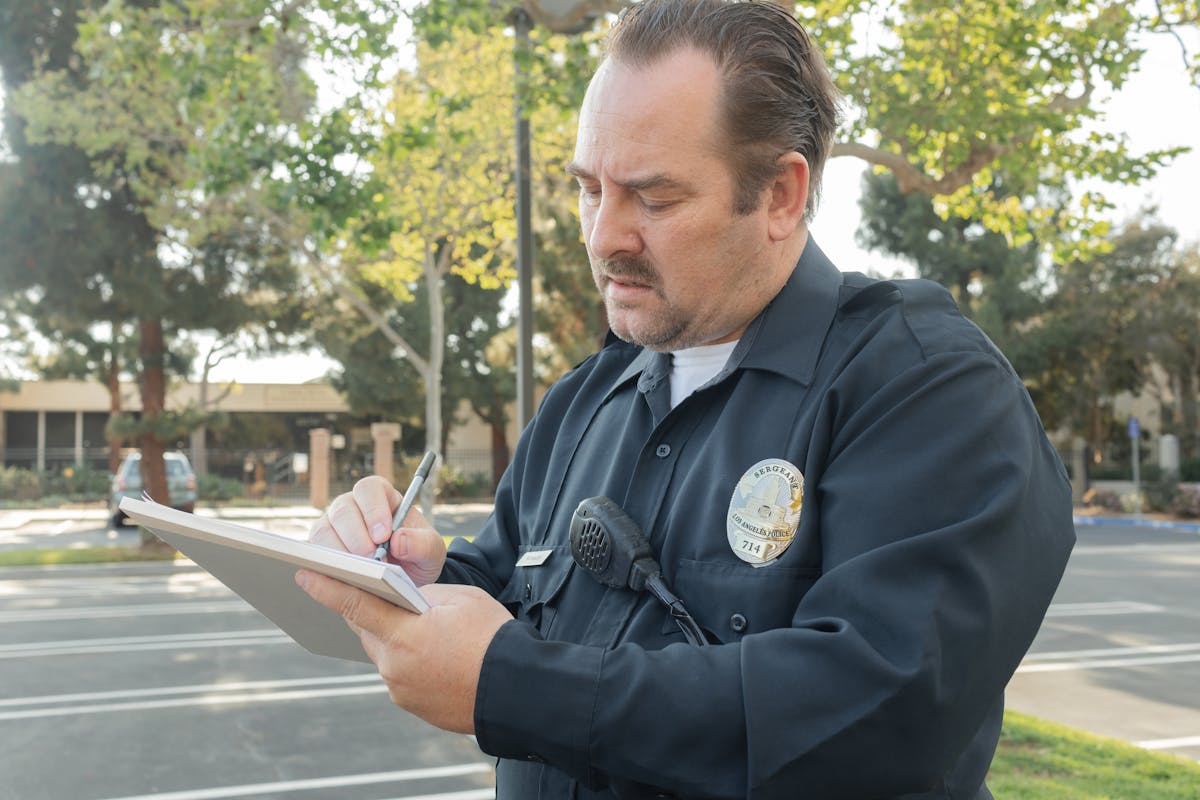
Filing the papers sets the wheels in motion, but the process is far from over. The next steps involve ensuring your spouse receives those papers—officially— and navigating several legal stages to finalize the divorce.
The journey from filing to final decree can be complex, but it doesn’t have to be stressful, especially if you have a professional helping hand. If you’re looking for the most efficient way to serve divorce papers in California, hiring a process server in California is your best bet.
Here’s a step-by-step breakdown of what happens after those papers hit the courthouse.
Step 1: Serving the Divorce Papers
Why Service Matters
Filing for divorce is just the beginning; once the papers are filed, your spouse must be legally notified through a “service of process.”
In California, hiring a professional process server is essential to avoid delays or dismissal of your case due to incorrect service.
Process Server to the Rescue
Process servers specialize in delivering legal documents, like divorce papers, in a manner that’s both efficient and compliant with state laws. Their job is to ensure your spouse gets the papers and to provide proof of service, which is required by the court to confirm that the documents were delivered properly.
Other methods, like certified mail or having a friend serve the papers, might be allowed, but they carry risks. Missing a step or serving the papers incorrectly can delay your divorce by weeks or months. Using a professional service avoids these headaches.
Step 2: The Waiting Game—Response Time
Once the papers are served, your spouse has 30 days to respond in California. During this time, they can agree, contest, or ignore the divorce filing. So what happens next?
If Your Spouse Responds
Fantastic! Now both sides have the opportunity to discuss and settle matters such as dividing assets, determining child custody arrangements, and addressing spousal support. This is typically done through mediation or direct negotiation. If all goes well, you can settle without ever stepping foot in court.
If Your Spouse Doesn’t Respond
If your spouse ignores the papers, you may be eligible for a default judgment, allowing the court to grant the divorce and the terms you initially proposed without any arguments.
To request a default judgment, the court will require proof that your spouse was properly served, once again underscoring the importance of using a process server to ensure everything is done by the book.
During the Waiting Period
The respondent has 30 days to submit their reply; otherwise, a default judgment could be issued. It is crucial to provide proof of service to ensure that the process can move forward.
Learn more about what happens after divorce papers are served in this guide.
Step 3: Negotiation and Mediation
Once your spouse responds, the next step typically involves negotiation or mediation to settle the details of the divorce, including child custody, alimony, and property division.
If both parties can agree, a settlement agreement is drafted and submitted to the court for approval. But, let’s be honest—divorces can be messy, and not everyone agrees easily.
Mediation
This is where things can get easier. Instead of dragging out a courtroom battle, mediation offers a faster, less stressful solution. Mediators serve as unbiased guides, helping both sides reach an agreement that satisfies everyone involved.
Hiring a professional to serve the papers promptly can speed up this process and get everyone to the table sooner.
Find out more about the benefits of mediation and the final decree process here.
Step 4: Trial or Default Judgment
When Negotiations Fail
Not all divorces end amicably. If the parties can’t agree, the divorce may go to trial, where a judge will decide how to divide assets, allocate custody, and assign support payments. This is often the last resort because it’s more time-consuming and costly.
What If There’s No Response?
If your spouse fails to respond to the papers within 30 days, the court may grant a default judgment. A default judgment essentially gives you everything you asked for in the divorce petition, but only if the court confirms the proper service of papers—yet another reason to use a process server.
Key Points to Remember During Trial or Default Judgment
- Proof of service is essential.
- Trials can be lengthy and expensive; avoid them if possible through negotiation or mediation.
- Default judgments can be granted when no response is filed.
Step 5: Finalizing the Divorce
Once all the legal matters have been resolved—whether through settlement, trial, or default judgment—the court will issue a final decree of divorce. This document finalizes your marriage, outlining legal responsibilities such as child custody, spousal support, and asset distribution.
Hiring a professional process server ensures seamless handling of all legal documentation and serving of final orders when necessary.
Moving Forward with Confidence
Filing divorce papers may feel like a weight off your shoulders, but the process doesn’t end there. Serving those papers and navigating the legal steps that follow can be overwhelming, but with the right professional help, you can avoid unnecessary delays and complications.
Hiring a process server ensures your divorce papers are served correctly and your case moves forward as smoothly as possible. Ready to move on with your life? Let the professionals take care of the paperwork so you can focus on what comes next.
You might also enjoy these related recommendations: What Is a Process Server Allowed to Do?







